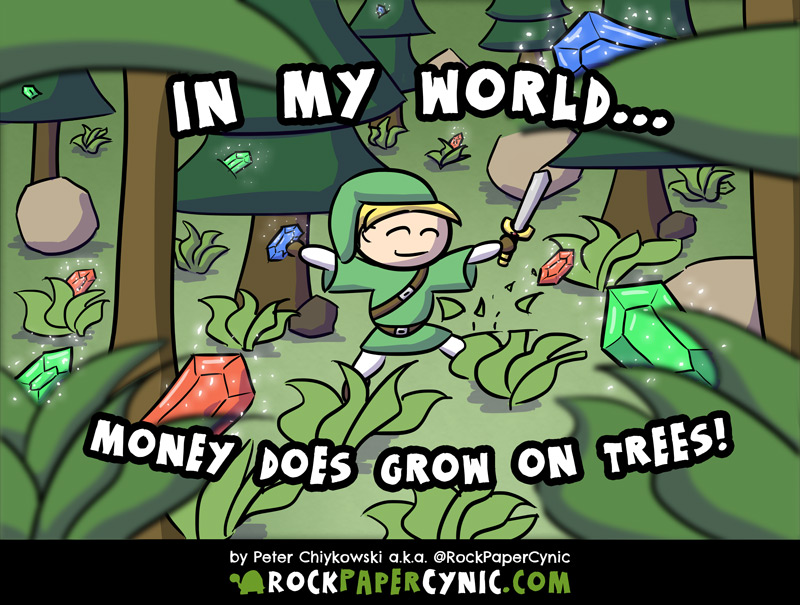Maus by Art Spiegelman is a popular graphic novel about a father, Vladek, who describes his tragic journey through the Holocaust to his son, Artie, who is eager to learn more about his tribulations. Vladek's character, which is very complex and has many sides, is described in a very interesting way throughout the novel. The majority of the novel is composed of conversations, sometimes between Vladek and his son and other times between Vladek and his wife, parents, friends, or fellow Jews trying to survive the Holocaust. The conversations essentially give the reader an incredible insight into Vladek's character. Along with the conversations, flashbacks are used quite frequently to show and reveal more of Vladek's character. Experiencing the Holocaust and fighting in the war was a very trying and difficult time for Vladek and his character is tried and tried again. Although Vladek's character may seem to be harsh and rigid during the present scenes, his true character is revealed during the flashback scenes, which is one of strength, love, intelligence, and passion. The flashbacks also give an idea of why Vladek may be the person he is in the present. Surviving the Holocaust tells a lot about his character, but his specific experiences revealed through the dialogue is telling as well. He yearned to see his family again and came up with schemes to survive, such as hiding and posing as another person. Overall, Vladek's character is revealed mainly through dialogue and the story that he tells his son, but also through present with other characters and past scenes and conversations.
Essex County by Jeff Lemire is another popular graphic novel about a young boy, Lester, who is forced to live with his uncle after losing both of his parents, one to death and the other to abandonment. Throughout the novel, Lester's character is revealed much through dialogue as well. Although he does not say much to his uncle, which is revealing in itself, Lester seems to find it really easy to open up to another character, Jimmy. Jimmy currently works as a gas station attendant after a brief career as a professional hockey player. Lester seems to become so close to Jimmy so fast because he is somewhat simple and tends to be more on Lester's level than other characters like his uncle. Additionally, flashbacks are used to help explain background information, but also reveals some of Lester's character. However,
Maus uses flashbacks to reveal Vladek's character much more than is used to reveal Lester's character in
Essex County. At times, pictures are also heavily relied on to reveal Lester's character. Pictures are important in
Maus as well, but they are used to assist the text in telling the story.
Essex County tends to use pictures more to tell parts of the story. Some pages actually have no dialogue on them whatsoever, but the black and white pictures can be very telling. For example, the pictures show Lester wearing a cape from the beginning, but is not mentioned by another character until later on in the story. Right from the start it is obvious that Lester has a vivd imagination. In conclusion, both graphic novels use pictures, dialogue, and flashbacks to reveal the main characters in the stories; however, each story has its own preferences as to which ones are used the most.




.jpg)

.jpg)
.jpg)
.jpg)







